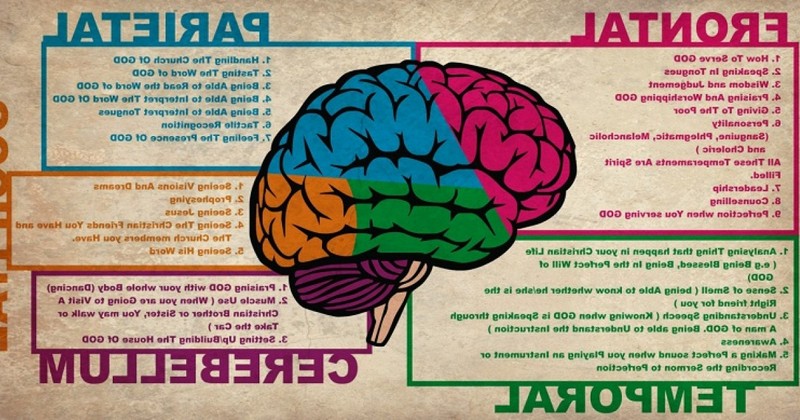Research concludes that intelligence is essentially social

A study suggests that emotional intelligence is more important than previously thought.
Research on the brain injuries and abilities of American war veterans of the Vietnam War who had suffered contusions or gunshot wounds to the skull has yielded revealing new insights into the nature of human intelligence..
Intelligence and the social
A University of Illinois study has found that certain brain areas involved in human social activity are also fundamental to general and emotional intelligence.
This discovery strengthens the idea that intelligence arises from a person's social and emotional context..
"We are trying to understand the nature of intelligence and to what degree our intellectual capacity is based on the cognitive skills we use to relate socially," states Aron BarbeyAron Barbey, professor of neuroscience and one of the scientists who led the research.
Intellect and social context
The academic literature in social psychology explains that human intellectual abilities emerge from the everyday social context, according to Barbey.
"We require a prior stage in our development of interpersonal relationships: those who love us care and are interested in us. If this did not happen, we would be much more vulnerable, we would be defenseless," he notes. Subject-society interdependence continues into adulthood and remains transcendental throughout life.
"People close to us, friends and family, alert us when we may be making a mistake and sometimes help us if we make them," he says. "The ability to establish and maintain interpersonal relationships, essential to relate to the immediate context is not a specific cognitive ability that stems from intellectual function, but the relationship is inverse. Intelligence can arise from the basic role of social relationships in human life, and consequently they are closely linked to emotional capacity and social skills."
How the research was done
The study looked at a total of 144 U.S. war veterans with head injuries caused by shrapnel or bullets. Each injury had its own characteristics and affected different brain tissues, but because of the nature of the injuries that were analyzed, the adjacent tissues were unharmed.
The injured areas were mapped using CT scans, and the data were then regrouped to provide a comparative brain map.
The scientists used several carefully designed tests and quizzes to assess the intellectual, emotional and social abilities of the veterans. They then looked for patterns linking lesions in certain brain areas with deficits in the subjects' ability to develop intellectually, emotionally or socially.
Questions about social problems were based on conflict resolution with people close to them.
As reported in previous research on intelligence and emotional intelligence, the scientists found that areas of the frontal cortex (the front part of the brain), the parietal cortex (top of the skull) and the temporal lobes (the lateral part of the brain, behind the ears) are involved in the resolution of everyday social conflicts.
The brain regions that assisted social behavior in the parietal and temporal lobes are located in the left cerebral hemisphere. For their part, the left frontal lobe and right frontal lobe were also involved in social functioning.
Overlap
The neural connections that are considered fundamental to interpersonal skills were not identical to those that favor general and emotional intelligence, but the degree of overlap was significant.
"The results suggest that there is an integrated architecture of information processing, that social skills lie in mechanisms dedicated to general and emotional intelligence," Barbey argues.
"These findings are consistent with the notion that intelligence is largely underpinned by emotional and social abilities, and we should understand intelligence as an integrated architecture of information processing.We should understand intelligence as a product of cognitive integration, rather than discriminating between cognition and emotions and the process of social transformation. These are conclusions that fit with the social nature of human beings: our life goes by as we try to understand others and solve certain social conflicts. Our research points out that the architecture of intelligence in the brain may have a large social component."
In another 2013 study, Barbey came to similar results. On that occasion he highlighted that general intelligence had a strong link with emotional intelligence, analyzing both IQ tests and damaged brain areas.
Also, in 2012, Barbey mapped for the first time the distribution of intelligence-related tasks in the brain.
Bibliographical references:
- A. K. Barbey, R. Colom, E. J. Paul, A. Chau, J. Solomon, J. H. Grafman: Lesion mapping of social problem solving. Brain (2014). DOI: 10.1093/brain/awu207.
- Original study: http://brain.oxfordjournals.org/content/early/2014...
(Updated at Apr 13 / 2024)